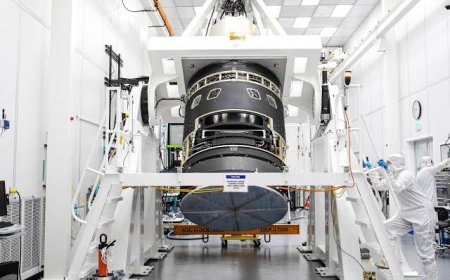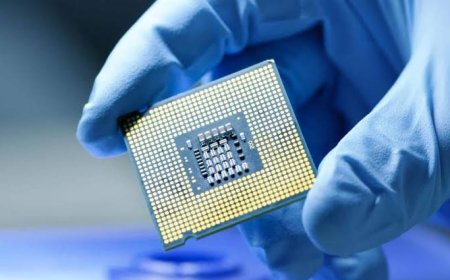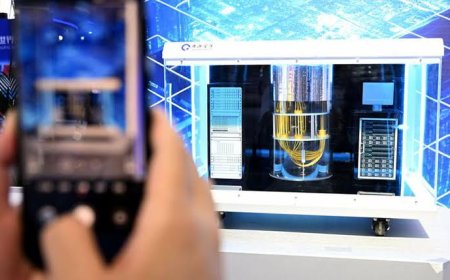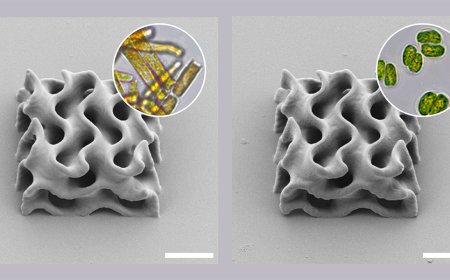New battery technology will provide energy without wind, sunlight
New battery technology will now power homes without wind or sunlight, even on cloudy days — researchers claim in a recent study.

Scientists at Oak Ridge National Laboratory or ORNL are working to develop better batteries for renewable or environmentally friendly energy storage such as wind and solar energy.
Oak Ridge Laboratory was built during World War II as the main laboratory of the Manhattan Project under the cover of US government secrecy. The world's first nuclear weapon was created here.
Different sources of renewable energy cannot produce electricity continuously. It is therefore important to develop long-term renewable energy storage solutions to keep the electrical grid running smoothly.
Most batteries on the market today rely on a type of liquid called an 'electrolyte', which helps the battery store and release energy in the form of ions. It is essentially a type of tiny charged particle that moves between two parts of the battery known as the electrodes.
ORNL researchers have designed a battery that uses a solid material instead of a liquid electrolyte.
Researchers have developed this solid electrolyte using sodium ions, which is stronger, more durable and capable of storing more energy, reports science-based site Norridge.
Although this new approach has made amazing advances in battery technology, some challenges remain with these solid electrolytes. They may fail to function especially under high demand conditions.
To find out more, the ORNL research team tested these solid electrolyte batteries at the Argonne National Laboratory using an accelerator that can increase the velocity of particles with a powerful X-ray beam. As a result, scientists can see what actually happens inside the battery under high voltage or high current.
Experiments show that sodium ions accumulate in the solid electrolyte to form tiny structures like pores, which eventually short circuits the battery. And by understanding how and why this problem occurs, scientists working to design new batteries and improve the various materials used in them have helped us develop solid electrolytes, which could be the key to long-term renewable energy storage," said ORNL researcher Mengia. Lee
The research was published in the scientific journal 'Batteries and Supercaps'.
The findings could help develop batteries, which the researchers hope will help make renewable energy a more stable and reliable source for the electric grid.
~ Dip Sarker
(Scipen World Team)


















































